Bauhaus | Chemnitz Creative | Designer | Everyday Design | Interview | Producer | Product | Rowac | smow Introducing
The return of an old favourite, and no not (smow) introducing, although Welcome Back!!!, but the Rowac-Schemel, the Rowac stool, a work initially launched in 1909 as one of the world's first sheet steel furniture objects, a work that once graced not only innumerable industrial workshops, craft ateliers and educational institutes, but the workshops and ateliers at Bauhauses Weimar and Dessau, a work that became lost in the confusions of post-War eastern Germany.
A work returning in 2023, some 80 years after production ended: and that from and in its native Chemnitz.
And via a Kickstarter crowdfunding project.
To find out more we caught up with Alide and Dieter Amick from Rowac.......
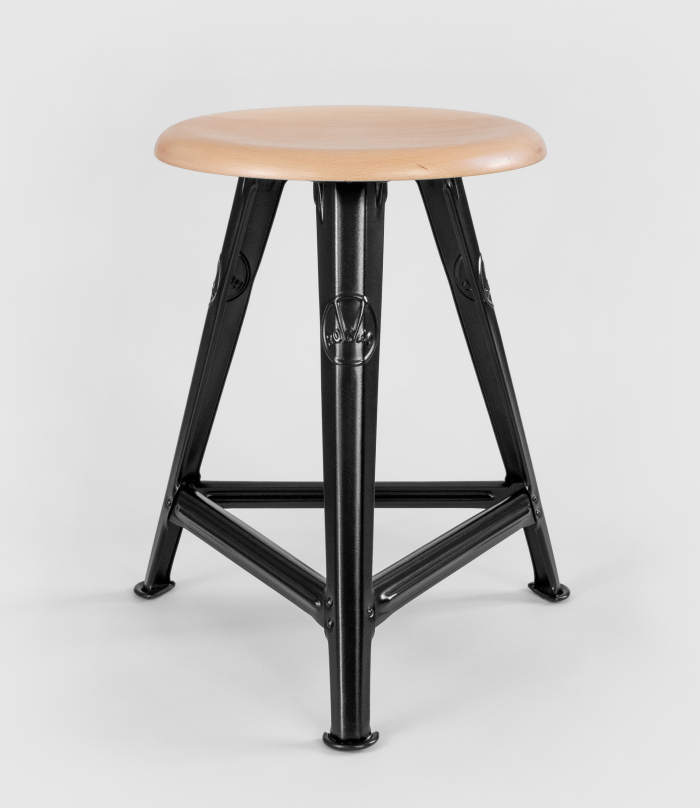
Developed in the first decade of the 20th century by RObert WAgner in Chemnitz, a city that, lest we forget, was once at the forefront of industrialisation in Europe before fate played so cruelly with it, the Rowac-Schemel, the Rowac stool, was formally launched at the Leipzig autumn fair in 1909, and is, on the surface, little more than a three-legged Schemel, a near ubiquitous typology of stool that, arguably, arose as numerous, more or less, vernacular forms in differing regions depending on the need for which it was created and the skills base of the local woodworkers; which is how design used to work, before designers formalised that process. And added layers of theory and concept and commerce.
Robert Wagner's Schemel however only had a wooden seat, the legs and stretchers being stamped sheet steel: a (relatively) new material at the time; a material that allowed for a relatively straightforward industrial production; a material that was starting to slowly replace wood, not least due to its durability and fireproofness; a material that was starting to slowly replace cast and forged steel, not least due to its ease of use; a material which in the late-19th century had been used for bicycles, there's that link between bikes and furniture again; a material very much in the spirit of the age. And the attitude of the age. Pleasingly so.
Equally as pleasing as the material of the Rowac-Schemel is the rationale of the design: whereas one could use solid metal legs, Wagner's use of sheet steel stamped to a lightly quadratic U profile not only allows for a material reduction without any loss in stability, for a robust and durable product with a minimum of material, but also allows for a much lighter product, physically and visually than solid metal could have allowed. Certainly in 1909. It's a very simple trick. And deliciously satisfying.
A very simple trick performed in the early years of the 20th century that enabled the creation of an object suitable for, cost-effective for, and meaningful for the burgeoning industrialisation of the period: photographic evidence and written records underscoring the wide variety of industrial facilities whose employees sat on Rowac-Schemels. And the wide variety of students: a great many schools in the first half of the 20th century employing the sturdy, and comfortable, Rowac-Schemel, including the Bauhauses in Weimar and Dessau, and Berlin, or at least was verifiably present in Berlin, verifiably made the move from Dessau to Berlin, the school itself barely opening before its enforced closure. And was also verifiably used by the Bauhauskapelle, that sadly oft forgotten soundtrack to Bauhaus life. Thus, while post-War the brave young things at the HfG Ulm designed their own Hocker and that, arguably, based on an ideal Platonic archetype, the Bauhäusler used an existing, off-the-shelf, Schemel, one that, one presumes, conformed to their demands, and one which, arguably, also conformed to, or perhaps better put, echoed, predicted, a Walter Gropius's demand of a new unity between art and craft, and a new unity between art and technology, and thereby also met, echoed, predicted, the Bauhauses conception of an ideal. And which in being the stool of choice in Weimar and Dessau also helps further deconstruct easy, lazy, talk of Bauhaus furniture; underscores that while furniture was made at both Bauhauses it wasn't as big a theme at the Bauhauses, certainly not Bauhaus Dessau, as many would today have you believe. Their focus was elsewhere, and thanks to Rowac they had a stool on which to sit while striving for that.
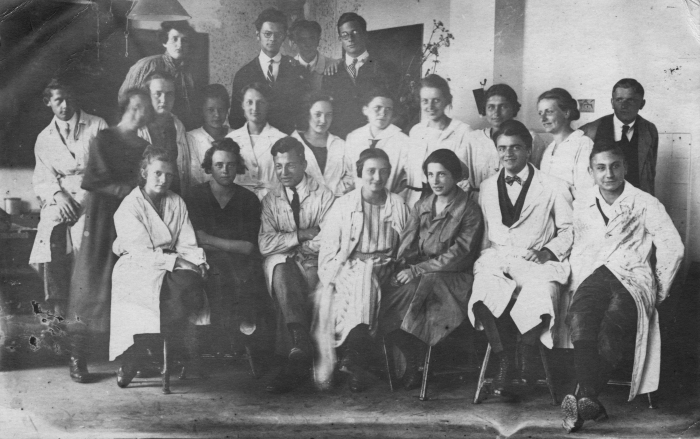
According to Robert Wagner the Rowac-Schemel was the very first stamped sheet steel stool, and evidence to the contrary isn't currently readily forthcoming, and it was without question a very new approach to stool construction at that period; and a construction approach, and for all a stamped U profile, that in the course of the early 20th century became increasingly popular in metal furniture of all types, and a stamped U profile which post-War found its way via pre-War works such as, for example, Joseph Mathieu's 1920s Multipl’s into Henry Massonnet's moulded plastic Monoblock chairs. And subsequently into near all Monoblocks.
A post-War period that while it saw Wagner's construction principle flourish, saw production of Wagner's Schemel discontinued: in post-War DDR there was apparently no place for such a simple, informative, material light, comfortable, secure, universal seating solution, a blindness on the part of the DDR leadership that won't surprise anyone familiar with the vagaries of the DDR leadership in questions of architecture and furniture design. And thus in the second half of the 20th century the Rowac-Schemel evolved from a ubiquitous object of everyday use into one found in the homes, offices, and cafes of those enthusiasts with an appreciation of it won through use and interaction.
And then in 2020 Alide and Dieter Amick secured the rights to the trademark, began actively researching the company and it's work, began conceiving a revival of a stool last produced some eight decades previous. And in 2023 are restarting production of the Rowac-Schemel.
A Rowac-Schemel, as with the original, crafted in Chemnitz, or at least in the immediate vicinity of Chemnitz.
A Rowac-Schemel which has lost nothing in terms of charm, functionality, comfort, communicativeness or responsiveness over the decades.
And a Rowac-Schemel being launched on Kickstarter, with the associated special offers and limited editions.
Excited, and keen to know more, we met up with Alide and Dieter and began by asking how long the Rowac-Schemel had been in their lives.......
Alide: .......since 2018 when we spotted one at a flea market in Munich, where we were living at that time, we were both instantly drawn to it, but obviously didn't realise at the time what would ultimately transpire from that first meeting.
smow Blog: You say that you were both instantly drawn to the Rowac-Schemel, can one speak of love at first sight or more an appreciation that grew with time?
Dieter: Definitely something that grew with time.
smow Blog: Can one say why, what for you is so interesting and engaging about the Rowac Schemel?
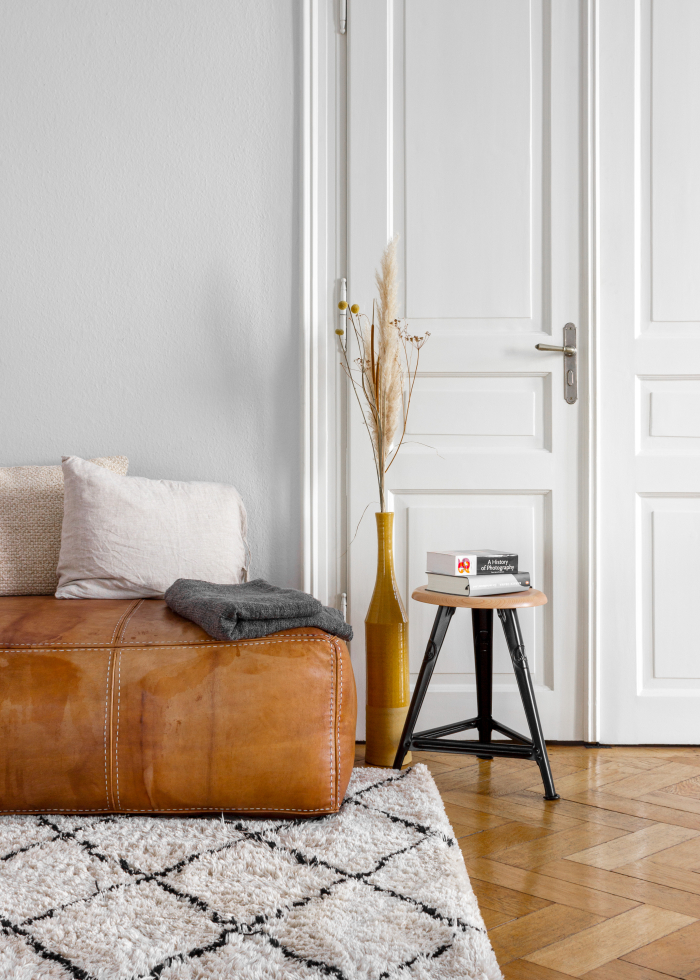
Dieter: As a designer, when I look at an object, I tend to look at it from a distance, so that I can only see the general shape of it, and then I approach it, and as I get closer I'm hoping to see details reveal themselves, to find surprising elements, for it to become more intricate and interesting as you get closer, without becoming overwhelming; and that's very much the case with the Rowac-Schemel.
Alide: The further we got into the research, the more we appreciated how it developed as an object; if you examine the earlier models, you understand that the Rowac-Schemel started as a much simpler form. But then you can follow how it evolved from there to the final form, and as you do, you appreciate more and more how every detail has been considered. Even the screws that hold the frame to the top of the seat, they went to the trouble of making special safety screws that visually blend in with the riveted construction. Most people would have said, this is a cheap mass-produced stool for workers and students, just use normal screws.
Dieter: Such details are very interesting and contribute immensely to what the Schemel is. In addition, I find it fascinating that not only the Schemel, but all Rowac products were developed without thinking about aesthetics, but rather purely by functionality, by the question of how we can create an inexpensive, ergonomic and durable piece of furniture. This was extremely important at the time, the wooden stools that were popular in factories, schools and the like in the early 20th century tended to break under heavy use, sheet metal offered new possibilities.
smow Blog: It's clearly a big step from appreciating an object to deciding to produce it, when was that decision made?
Dieter: It all started a few years after that first meeting, when the design agency I work for was looking for new furniture for our conference room, specifically compact workshop stools, and my boss insisted that they be original models, not cheap copies. Rowac was the obvious choice and that's when I realised that despite their popularity, Rowac-Schemels are no longer produced. Slowly but surely the idea took hold that they really should be produced today.
smow Blog: Where does such a process start with manufacturing objects that haven't been produced for decades......
Alide: At the Deutsches Patentamt, where we discovered that someone had already registered the trademark, so our first thought was, that's it! But then we realised that the registered address was quite close to our apartment in Munich, so at the end of 2019 we sent them a letter explaining our plans and ideas for the brand. On January 1st 2020, we got a call from the owners saying they were interested in working with us. This is really where the research and planning that led to today began.
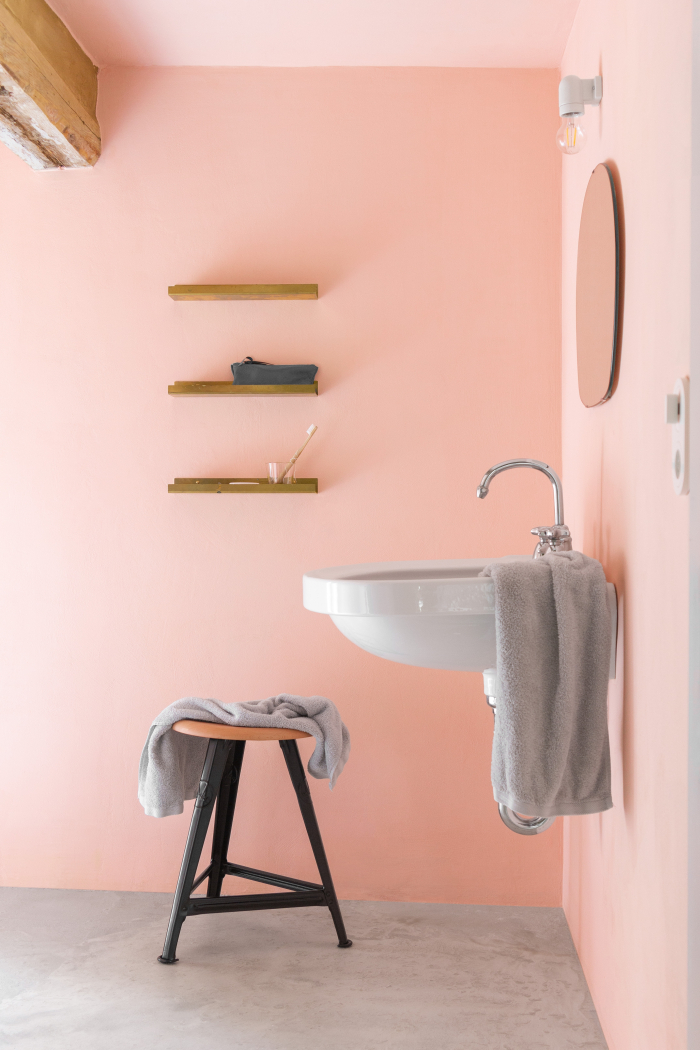
smow Blog: One can get an impression on your website of the amount of research into Rowac you've undertaken, but specifically in terms of producing the Schemel, were there, are there, original drawings or plans of the furniture that you could work from?
Alide: There are patent drawings of later designs, such as the very characteristic foot, but as far as we know, there are no complete drawings of the Rowac-Schemel in existence.
smow Blog: So that means you took it all apart and measured it, or...?
Dieter: Yes, I disassembled a stool to understand how it was constructed, took detailed measurements, and made paper models. Through this process, I came to understand that for all its simplicity, it's not just one or two steps of construction. You don't just stick a piece of metal in a mould and a finished part pops out, it's a much more involved process. And once I learned that, I was able to break it down into the necessary production steps.
smow Blog: And in that process did you change anything, did you have to change anything?
Dieter: With the exception of a few minor optimisations, we have left the classic just as it was. We opted for an environmentally friendly and highly durable powder coating rather than the wet paint finish of the past. In collaboration with our wood turning partner, we have re-engineered the seat top for safety reasons without changing the signature look: The seat top is no longer screwed onto the lathe, but fixed with a recessed ring. This significantly improves the hold, resulting in a higher quality and smoother surface finish. Otherwise no, it was very important for us to us to keep everything as close to the original as possible.
smow Blog: And not just as close physically to the original but geographically; namely it's being produced if not exclusively in Chemnitz itself, then in the immediate vicinity of Chemnitz. Why was that important to yourselves?
Dieter: On a personal level, the environment is very important to both of us, we're both very aware of the links between industrial production and climate change and neither of us wants to add to that unnecessarily. Then there's the political aspect; even though I'm an American, I'm still very aware of the East-West dynamic in Germany, and I wanted to make sure that Rowac wasn't another company that was taken from the east and transplanted to the west, of which there are many, and in terms of furniture and lighting a few come to mind. And yes, many of them still produce in Germany, but for me it's a shame that they were taken out of their home region. It just didn't make sense for us, and I'll explain why: We were still living in Munich when we started this journey, and people were telling us at the time that we should just move the brand to Bavaria and start production somewhere in Germany, but for us it was clear that it had to be here in Chemnitz. The history of this furniture brand is based in the region and we are determined to continue that legacy. Then there is the "C" in Rowac, which stands for Chemnitz, so no, that was absolutely not an option.
smow Blog: No, it wasn't really..... But having made that decision, was it then easy, straightforward, to find partners in and around Chemnitz who could produce that which you wanted to the quality you wanted?
Alide: There is a lot of long-standing manufacturing expertise in the region, which was encouraging, but it still took quite a while to find exactly what we needed. For the seat top, the Erzgebirge region has a long history of woodworking, but it took some time to find someone who could deliver the high quality product we demanded. Similarly with the metalwork, there are many metalworking companies that can bend and shape sheet metal, but very few that have experience with riveting. Fortunately, we found an experienced metalworking company near Chemnitz that has been working with metal and rivets since 1925.
Dieter: For us, the rivets are important not only to stay true to the original design, but also because they are an integral part of the philosophy behind Rowac furniture, it's an uncompromising, honest aesthetic, when you look at one you immediately understand how everything is put together, you see every single connection. It's not like Danish wooden furniture, for example, where each piece flows into the other and you can't really tell where one part ends and the other begins. We're all about celebrating connections, not only in terms of product design, but also in terms of working practices, production and materials.
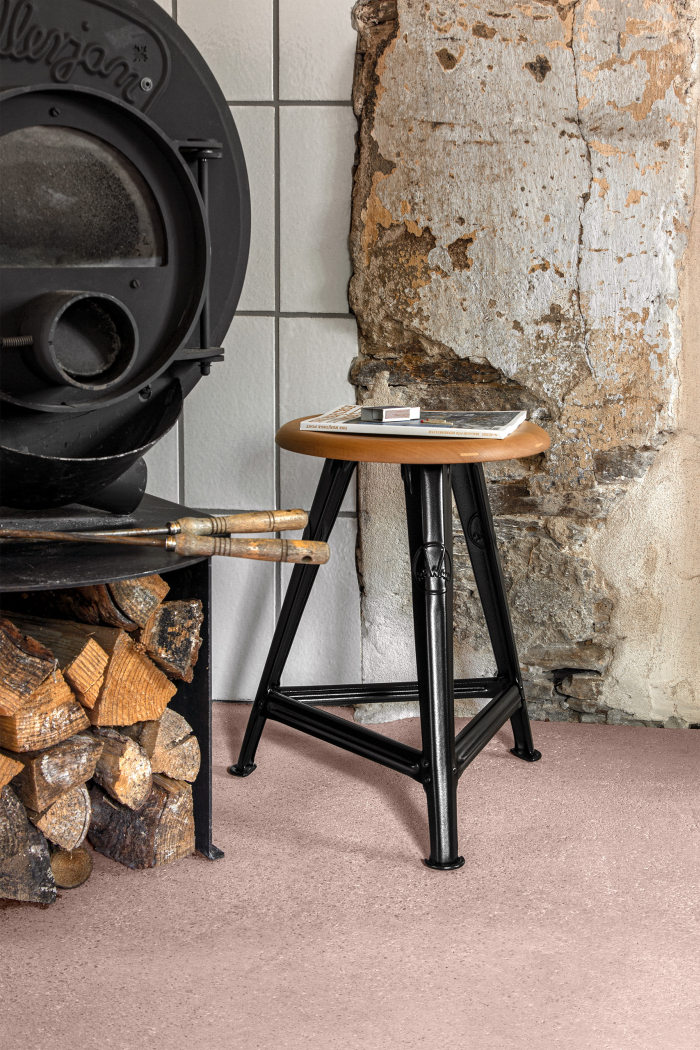
smow Blog: The other connection is the one between then and now, you've said why you like it, but why does 21st century society need a 20th century stool?
Alide: There are very few pieces of furniture today that can be actively used on a daily basis for as long as Rowac, there are still Rowac pieces in use that are over a hundred years old and not only continue to be used on a daily basis, but still fit into modern interiors, and I think there's a need for that today, a need for furniture that will last not 10 or 20 years, but 100 years. A big theme in the furniture industry today is circular design, and a common claim among manufacturers is that you can reuse or recycle the individual components after their active life, and that's important, but we don't just want the circle, we want to make the circle as large as possible, to create products with a super long life cycle, getting the maximum out of the resources involved. And the Rowac-Schemel has proven that it can do that. Then there's the problem of cheap, superficial industrial-style furniture that lacks real context and authentic industrial history. There is very little furniture being produced at the moment that fulfils this aim, and I think we need it, I think we need furniture that explains what industrial furniture is, that explains the importance of industrial furniture. Even more interesting is the fact that Rowac furniture occupies a unique position between design and work furniture. It's furniture that's not for relaxing and sipping cocktails or daydreaming, but for creating, for working, whether it's at a sewing machine or a drawing board or playing a musical instrument or whatever. You might compare Rowac furniture to a sturdy pair of work boots.
smow Blog: You used the phrase Rowac furniture, we've been primarily talking about the Rowac-Schemel, but the Rowac portfolio was very extensive, covered a wide range of genres, is the three-legged Schemel just a start, or.......?
Dieter: It is definitely just the beginning of what, hopefully, will become a system for making not just stools but a range of furniture objects and thereby not just reviving the heritage aspect of Rowac but also questioning what is Rowac today and what kind of products can Rowac develop today and in the future.
smow Blog: Approaching the ethos and position of Rowac furniture and company in a contemporary context.......
Alide: ....... very much, and all the research we did, digging into the history behind the company and the products, searching through archives, getting to know the products in detail, helped us to solidify what the brand was and what it wants to become. This allowed us to understand what Rowac has meant and means today and what we need to do to stay true to the brand. The key values we've identified are Zweckmäßig, Unverwüstlich, Ehrlich - Practical, Indestructible, Honest - which can be clearly understood in the Rowac-Schemel, not only in the object itself, but as a work that was last produced in the 1940s, but has remained very much alive. It is still very much present today, not only through the many Rowac enthusiasts out there, but also through people finding old gems and exploring their individual histories. We want to make that possible again, we want to create a new generation of Rowac-Schemel that will take on a life of their own and that someone will find in 100 years time and hopefully think "what a wonderful little Schemel".
Further details on Rowac can be found at www.rowac.com
And the Rowac Kickstarter campaign can be found, and supported, at www.kickstarter.com/rowac
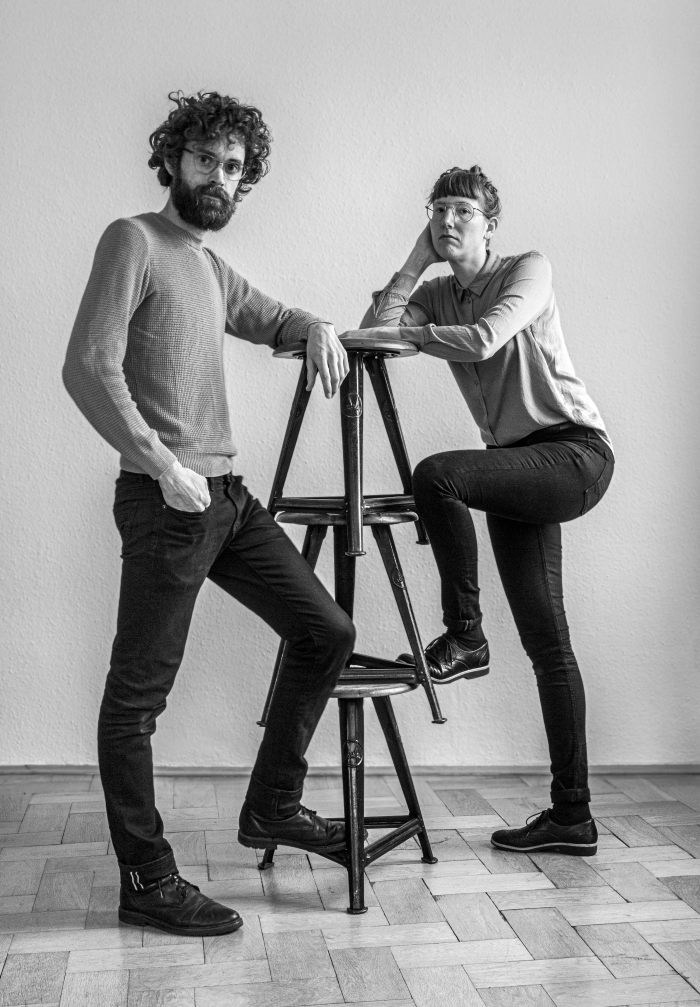
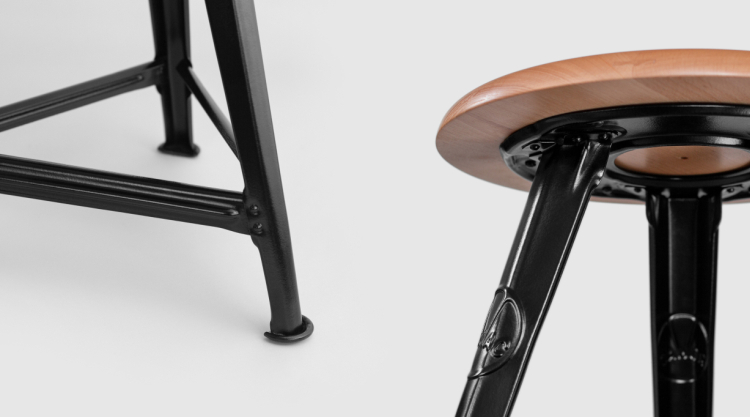
(All photos courtesy and © Rowac. Yes, we do normally use our own photos, but never for (smow) introducing.......)